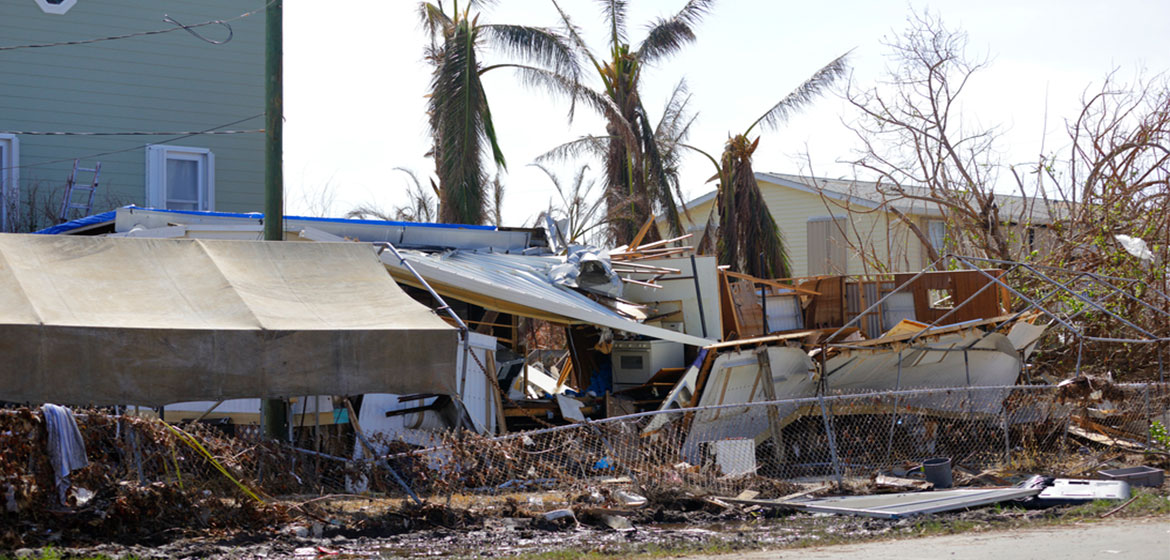Filing A Storm Damage Insurance Claim: 10 Mistakes To Watch Out For

Filing an insurance claim for storm damage can be a complex and overwhelming process. From documenting the damage to negotiating with the insurance company, it’s crucial to avoid common mistakes that could potentially delay or reduce your claim settlement. In this post, we will outline 10 common mistakes to watch out for when filing a storm damage insurance claim and provide tips to ensure a smoother and more successful claims process.
Delaying the Claims Process
One of the biggest mistakes is procrastinating and delaying the claims process. It’s important to report the damage to your insurance company as soon as possible after the storm. Delaying the claim could result in complications, especially if there are time limits or deadlines set by your policy. Promptly notifying your insurance company allows for a quicker assessment and resolution of your claim.
Failing to Review and Understand Your Policy
Before filing a storm damage insurance claim, thoroughly review your insurance policy to understand the coverage and exclusions. Familiarize yourself with the deductibles, limits, and any additional requirements or endorsements. Being aware of what is covered and what is not will help manage expectations and avoid surprises during the claims process.
Inadequate Documentation of the Damage
Insufficient documentation is a common mistake that can undermine your claim. Take detailed photographs and videos of all visible storm damage to your property. Make sure to capture both wide-angle shots and close-ups to accurately depict the extent of the damage. Create a comprehensive inventory of damaged items, including their approximate value. This documentation will serve as vital evidence for your claim.
Neglecting to Mitigate Further Damage
After a storm, it’s essential to take immediate steps to mitigate further damage. Failure to do so could result in the insurance company questioning your commitment to minimizing losses. Take reasonable measures to protect your property from additional harm, such as covering broken windows, tarping damaged roofs, or drying out water-damaged areas. Keep records of any temporary repairs or expenses incurred to prevent further damage.
Overlooking Hidden or Non-Visible Damage
Storm damage is not always apparent at first glance. Some damage, such as compromised structural integrity, leaks, or electrical issues, may not be immediately visible. It is crucial to conduct a thorough inspection of your property, including hidden areas such as crawl spaces or attics, to identify any hidden damage. Engaging a professional inspector or contractor can help uncover potential issues and provide expert documentation of the damage.
Accepting the First Offer without Negotiation
Insurance companies may initially offer a settlement amount that is lower than what you expected or what you believe is fair. Don’t be afraid to negotiate and advocate for a fair claim settlement. Obtain multiple repair estimates from reputable contractors to support your case and provide evidence of the actual cost of repairs or replacement. Be prepared to counteroffer and provide additional documentation if necessary.
Not Seeking Professional Assistance
Navigating the storm damage insurance claims process can be complex and overwhelming, especially if you are unfamiliar with the intricacies of insurance policies and negotiations. Consider seeking professional assistance from a public adjuster or an attorney experienced in insurance claims. These professionals can help you understand your rights, navigate the claims process, and maximize your claim settlement.
Disposing of Damaged Property Prematurely
Do not dispose of damaged property or materials until the insurance company has inspected and documented the damage. The insurance adjuster may need to assess the extent of the damage and verify your claim. If you dispose of items prematurely, it may result in a reduction or denial of your claim. Keep damaged items stored in a safe place until you receive approval from your insurer.
Miscommunicating or Providing Incomplete Information
When communicating with your insurance company, be clear, concise, and accurate in describing the damage and the circumstances surrounding the storm event. Provide complete and detailed information to avoid misunderstandings or disputes. Avoid making assumptions or speculating on the cause of the damage. Stick to the facts and provide all relevant information requested by the insurance company.
Settling Too Quickly
Rushing to settle your storm damage insurance claim without fully assessing the extent of the damage and the associated costs can lead to inadequate compensation. Take the time to evaluate the full scope of the damage, consult professionals if needed, and carefully review the settlement offer before accepting it. Ensure that the settlement amount will adequately cover the repairs or replacements required to restore your property.
Filing a storm damage insurance claim requires attention to detail, timely action, and careful consideration of your rights and responsibilities as a policyholder. By avoiding these common mistakes, you can increase your chances of a successful and fair claim settlement. Be proactive, document the damage thoroughly, communicate effectively, and seek professional assistance when needed. Remember, a well-prepared and supported claim can help you recover and rebuild after the storm.